
Yoga sequencing
Yoga sequencing is a fantastic way to build up a completely customized yoga class, using some of the most efficient and favorite postures, and triggering the desired parts of the body. Yoga positions, known as asanas, are the essential part of a yoga routine. Their main purpose is to maintain and restore practitioner’s well being and flexibility, promote physical health and increase vitality. Modern, westernized, yoga is primarily focused on yoga positions, which are practiced for exercise or as an alternative physical therapy. Yoga sequences are best defined as different postures arranged to flow together. One posture typically lasts as long as the inhale or the exhale. Another name for a fluid sequence is vinyasa or a yoga flow.
Basic yoga sequence
Sun salutation, also known as Surya Namaskara, is one of the most common yoga sequences. Sun salutation is commonly incorporated in yoga classes of diverse intensity, it may be used as a warm-up sequence or as a full but quick yoga exercise. The starting position is Tadasana, the standing position with the hands in the prayer position. On a long inhale, the arms fall down to the sides of the body and then up to the sky. On the exhale, the arms reach forward and the palms are placed flat on the floor beside the feet. On an inhale, the sternum reaches up to the ceiling while the fingers still touch the floor. On a long exhale, the palms are again flat on the floor while the body bents forward. On an inhale, one foot goes back while the other stays flat on the floor bent in a 90-degree angle. On an exhale the other foot also goes back, the arms extend, the pelvis reaches up to the sky to form a Downward Facing Dog position. From this pose, on a long inhale the practitioner comes forward into a plank position, or the push-up position. From here, on a long exhale, the body lowers down a couple of inches above the floor, and in a long inhale, the arms extend and the body comes forward rolling over the toes without the thighs touching the floor. The head goes back and the spine elongates. From here, following the breath, one can get back to the Downward Facing Dog, and then slowly, bringing the left food forward and then right next to the left, come into the forward bend. On a long inhale, the arms stretch forward and up to the sky while the body rises with a flat spine. The sequence ends on a long and deep exhale and finishes in a prayer position.


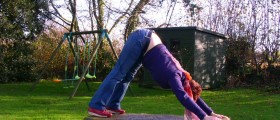
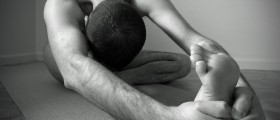
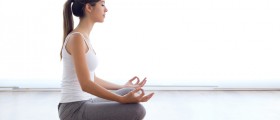
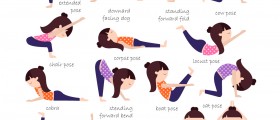
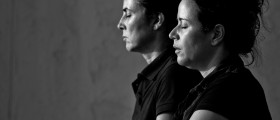
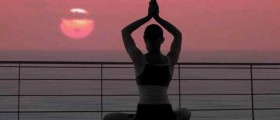
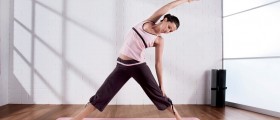
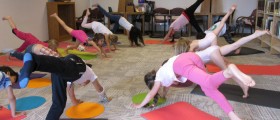
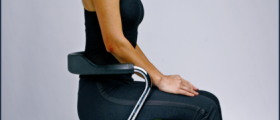

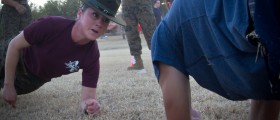
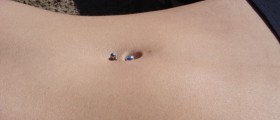
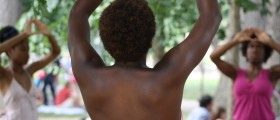
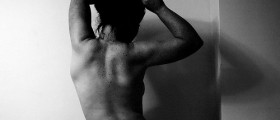
Your thoughts on this
Loading...